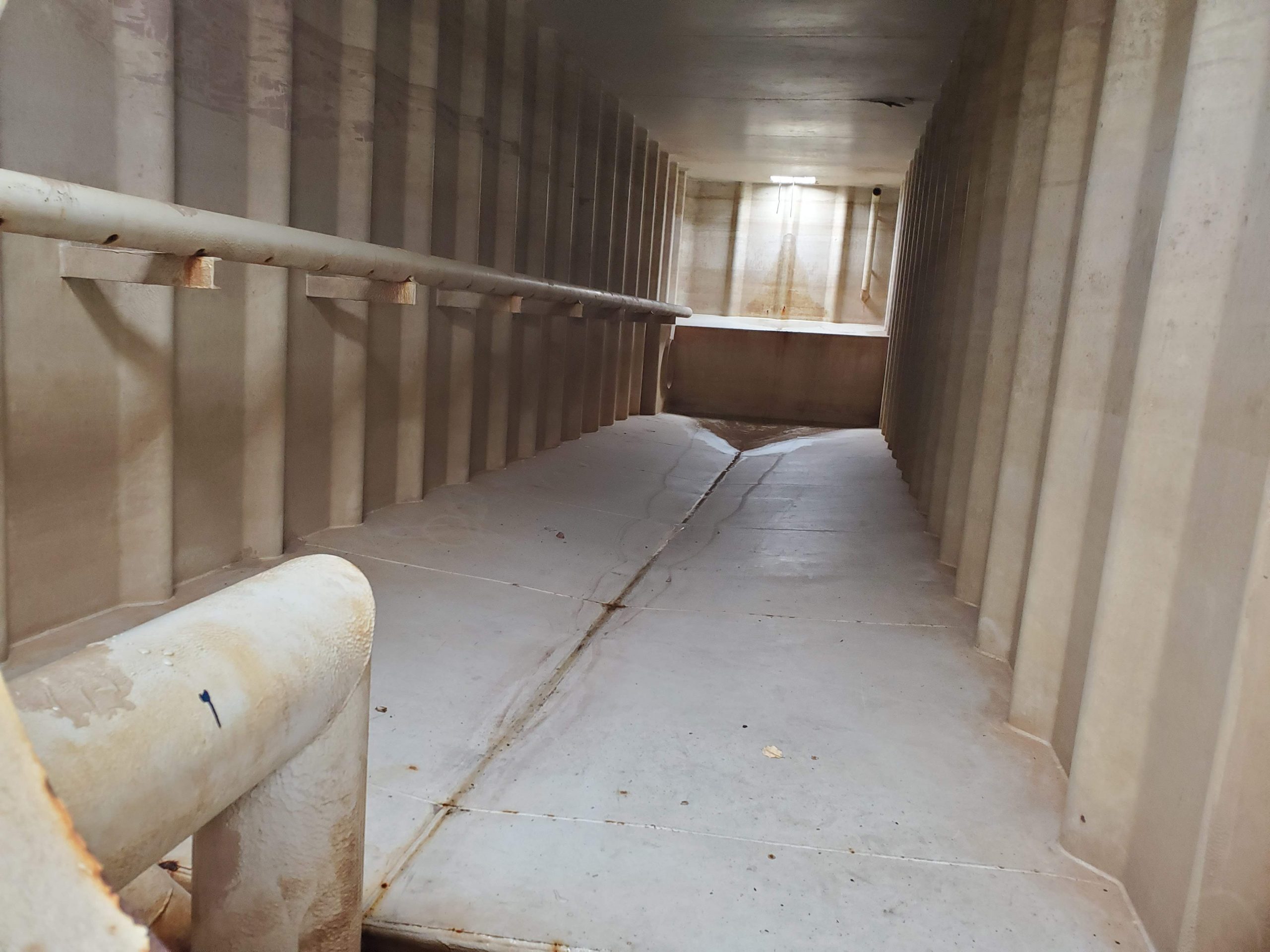Frac Tanks: Cleaning & Safety
Learn more about cleaning out and staying safe around frac tanks.

Cleaning A Tank
Cleaning out a frac tank can be time consuming and dangerous depending on the materials that were stored in it. Frac tanks are considered a confined space, so when cleaning or entering the tank it's important to follow safety precautions.
Before ever entering the tank, the first step in the cleaning process is to ensure that the tank is empty. If the tank has already been drained but there is still sludge, mud or any materials left behind then the next step is to remove that. This is done by using a vacuum tank or pump to suction out any remaining liquid, along with a high pressure water blaster to break apart solids and sludge. Once as much of the contents are removed as possible, it's time to enter the tank for the next step.
When entering the tank to clean it, remember to wear proper protective equipment and have a buddy on the outside of the tank. To get the best results on the inside of the tank, it's common to use a pressure washer to hose down the sides, top and bottom. Once the inside of the tank is properly hosed down, drain that water out. This step may be repeated a couple times in certain situations.
Once your tank is washed and drained, it's ready to go to the next job site.
Safety First
There are some important safety precautions to keep in mind when it comes to frac tanks:
- Ensure all manways and valves are closed and tightly secured before filling.
- Use a secondary containment system such as a spill berm and place locks on butterfly valves when storing environmentally sensitive or hazardous materials.
- Follow Confined Space Entry (CSE) when entering the tank. Wear proper Personal Protective Equipment (PPE).
- Always ground the tank when working near power lines or when storing materials such as fuel which may cause friction during filling or draining.
- Never move a loaded tank.
- Do not walk on the tank outside of designated areas, and take caution when navigating stairs or the top of the tank during rain or freezing conditions, as surfaces could become slippery.
- Always stand to the sides of the valves when opening them, even if there are hoses or pipes attached.

Get In Touch
Want more information?
Complete the form below to contact us, and we will get back to you as soon as possible. Please include zip code for delivery quote and information, plus any questions you may have.
© 2021 Geneva Equipment | All Rights Reserved | Powered by Geneva IT
